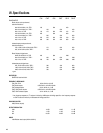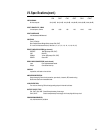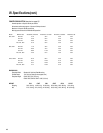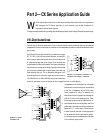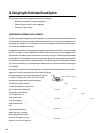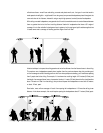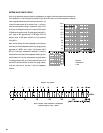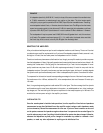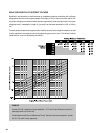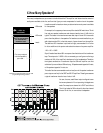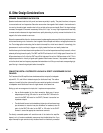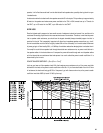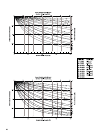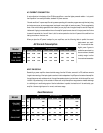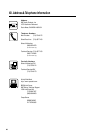
27
speaker, it will affect the sound level from the distributed line’s speakers also, possibly altering them from your
intended levels.
An alternate method is to attach an 8-ohm speaker across the 25-volt outputs. This provides up to approximately
80 watts to the speaker and makes more power available to the 70V or 100V connections: up to 75 watts for
the CX4T, up to 150 watts for the CX6T; up to 400 watts for the CX12T.
WIRE LOSS
Even the highest-quality copper wire has a small amount of resistance to electrical current flow, and the wire’s
resistance is inversely proportional to the cross-sectional area of its conductor. Therefore, to minimize the power
lost to speaker cable resistance, you should use the largest stranded (always stranded) copper wire that is
practical for the job. This is especially important with direct low-impedance speaker connections; e.g., a half-
ohm wire resistance would not affect a lightly-loaded 100-volt line noticeably, but it would reduce the amount
of power going to a 2-ohm load by 36%, a 1.9 dB drop. It would also reduce the damping factor to no better than 4.
If an amplifier could drive a speaker load through theoretical zero-resistance wire, no power would be lost in
the speaker cables. In the charts below we’ll compare the power delivered through real-world speaker cables
with the theoretical zero-resistance ideal and express it as a ratio called the power transfer coefficient. It is
determined by the formula
POWER TRANSFER COEFFICIENT = [R
LOAD
/(R
WIRE
+ R
LOAD
)]
2
Let’s say you have an 8-ohm speaker load. With that imaginary zero-resistance wire, all the power would be
delivered to the load, so the power transfer coefficient would be 1. If you then substituted wire with 0.2 ohm
of resistance, the load would only get 95.2% of the power it got with the zero-ohm wire, so the power transfer
coefficient would be 0.952 (a loss of 0.2 dB, by the way).



